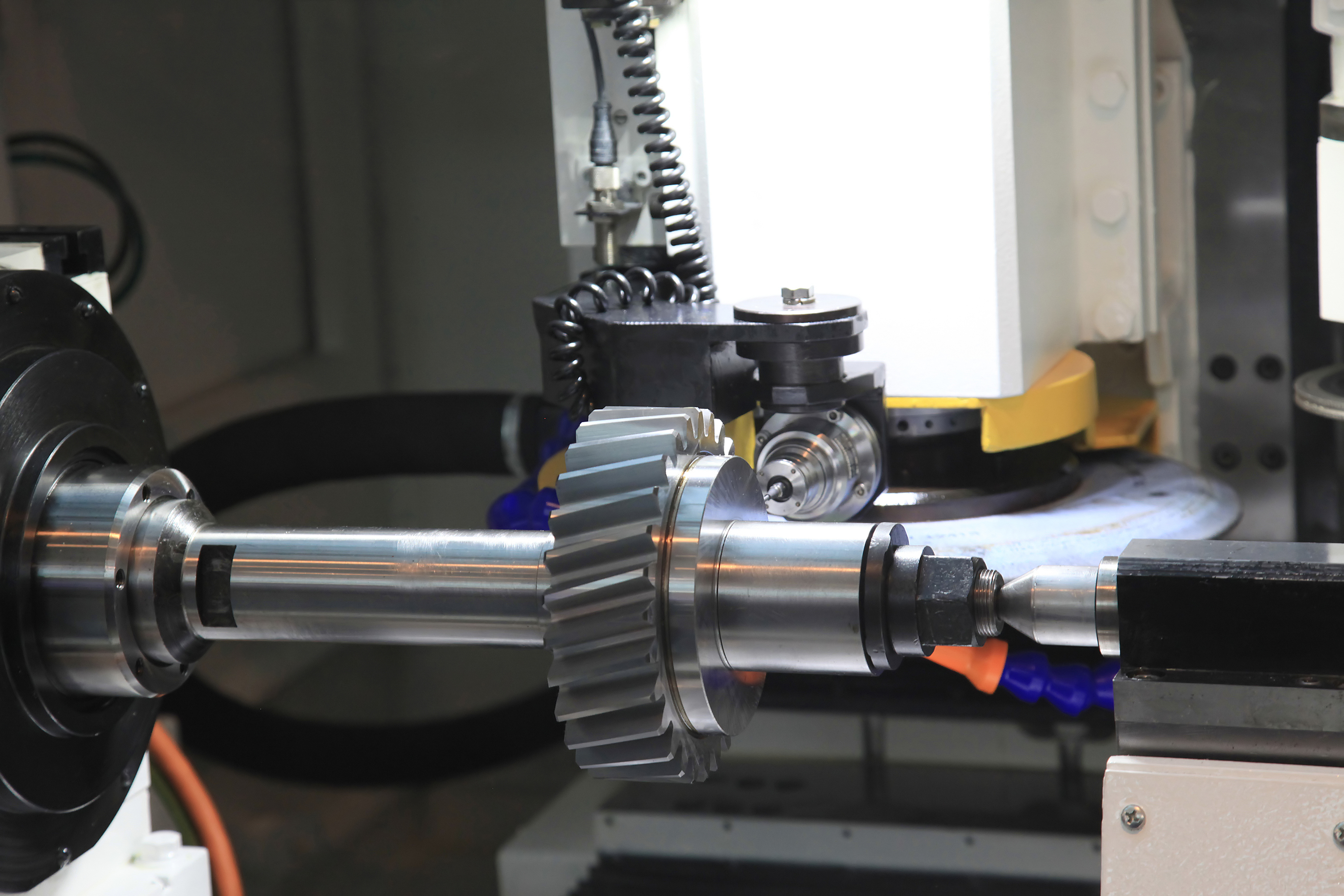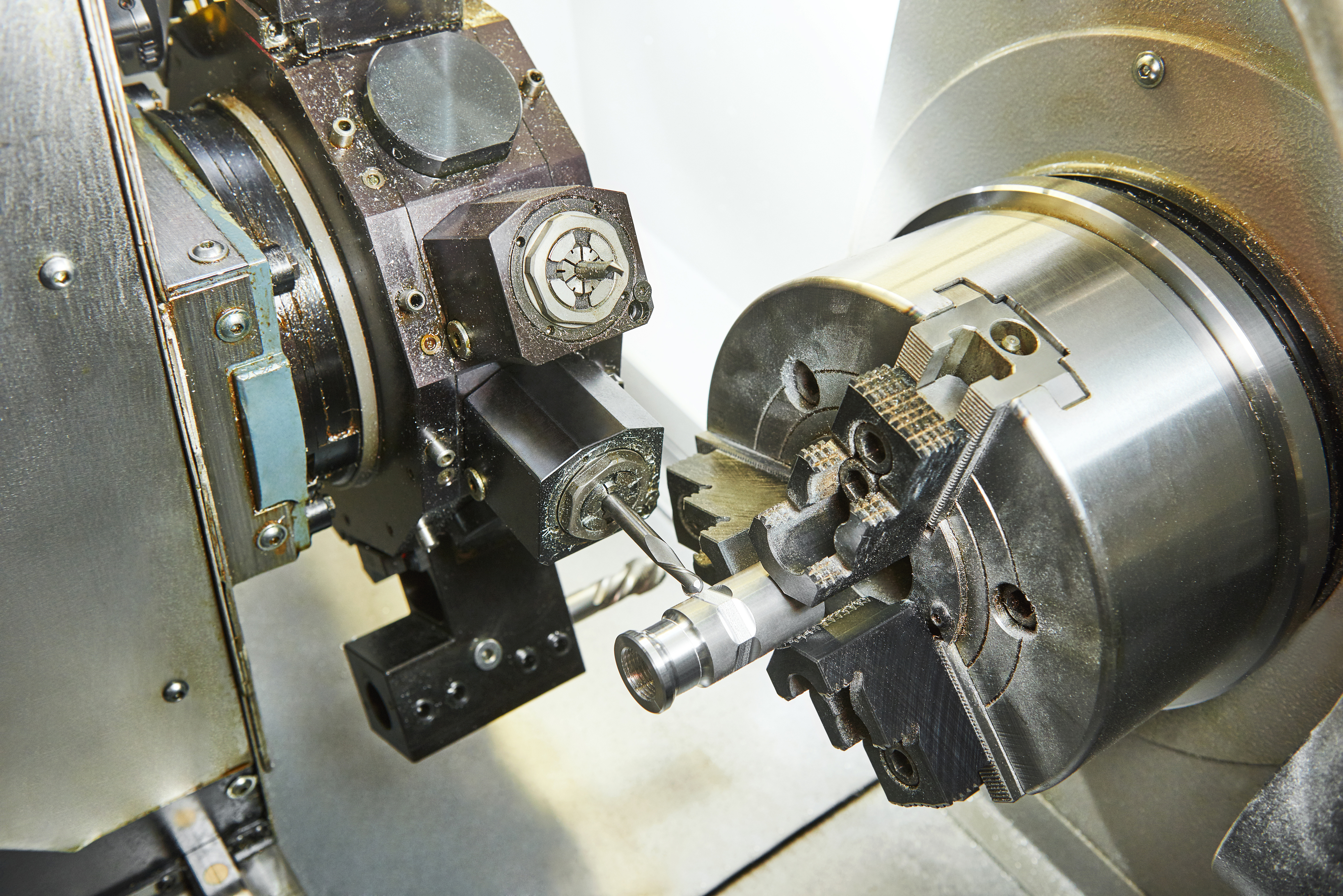- | /
- | /
- | /
- | /
- | /
- | /
Analysis of Advanced Programming and Efficient Machining Strategies for CNC Machine Tools
In today's highly competitive manufacturing environment, CNC machine tools have become the core equipment of modern industrial production with their characteristics of high precision, high speed and high degree of automation. Undoubtedly, advanced programming technology and efficient machining strategies are the key factors to give full play to the advantages of CNC machine tools and improve production efficiency and product quality.

I. Advanced programming technology for CNC machine tools
Intelligent programming system
Modern intelligent programming software uses artificial intelligence algorithms to automatically generate machining programs according to the design drawings of parts. Through learning and analyzing a large number of part models, the software can identify the features of parts, such as holes, slots, contours, etc., and automatically select appropriate cutting tools, cutting parameters and machining paths. This not only greatly shortens the programming time but also reduces programming errors caused by human factors. For example, for some complex curved surface parts, the intelligent programming system can quickly generate interference-free tool paths to ensure the smooth progress of the machining process.Programming based on CAD/CAM integration
The integration of CAD (Computer Aided Design) and CAM (Computer Aided Manufacturing) realizes the seamless connection between design and machining. After the designer completes the part design in CAD software, the relevant data can be directly imported into CAM software for programming. This integrated programming method avoids possible errors in the data conversion process and at the same time improves the accuracy and efficiency of programming. During the programming process, the operator can intuitively plan the tool path and simulate the machining process on the three-dimensional model and adjust the machining parameters in real time to achieve the optimal machining effect.Macro programming
Macro programming is a programming method with powerful functions. It allows users to write programs by using variables, arithmetic and logical operations, and conditional transfer statements. Through macro programs, users can write highly versatile programs for parts with similar characteristics. For example, for a series of shaft parts with different sizes but similar shapes, only by modifying the variable values in the macro program can the corresponding machining programs be generated, greatly improving the flexibility and efficiency of programming. At the same time, macro programs can also realize some special machining functions, such as tool radius compensation, helical interpolation, etc.
II. Efficient machining strategies for CNC machine tools
High-speed cutting machining strategy
High-speed cutting technology significantly shortens the machining time and improves the machining surface quality by increasing the cutting speed and feed rate. To achieve high-speed cutting, it is necessary to select appropriate tool materials and tool geometric parameters. For example, using high-performance tools such as carbide coated tools or ceramic tools can maintain good cutting performance under high-speed cutting conditions. During the machining process, it is also necessary to reasonably control the cutting depth and cutting width to avoid excessive tool wear and workpiece deformation. In addition, by optimizing the machining path and reducing the idle travel of the tool, the machining efficiency can be further improved.Multi-axis linkage machining strategy
Multi-axis linkage CNC machine tools can realize the simultaneous movement of multiple coordinate axes, so that more complex part shapes can be machined. In the aerospace field, multi-axis linkage machining is often used to manufacture parts with complex curved surfaces, such as aircraft engine blades, impellers, etc. By reasonably planning the tool path and the movement mode of the axes, multiple surfaces can be machined in one clamping, reducing the clamping times and error accumulation, and improving the machining accuracy and efficiency. At the same time, multi-axis linkage machining can also adopt advanced machining methods such as trochoidal milling to improve the tool life and machining surface quality.Tool management strategy
Efficient tool management is an important guarantee for realizing efficient machining of CNC machine tools. Establishing a tool database and managing and monitoring information such as tool parameters, life, and usage times can replace worn tools in time and avoid machining interruptions caused by tool damage. At the same time, reasonably selecting tools according to machining tasks and optimizing the configuration and usage sequence of tools can also improve machining efficiency. For example, in the rough machining stage, select tools with large diameters and high cutting efficiency, and in the finish machining stage, select tools with small diameters and high precision to achieve the best machining effect.
Powered by:Market.HuaweiyunLogin

